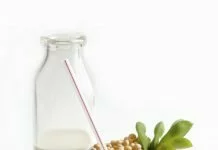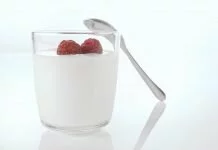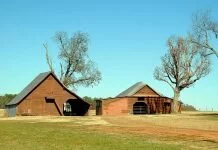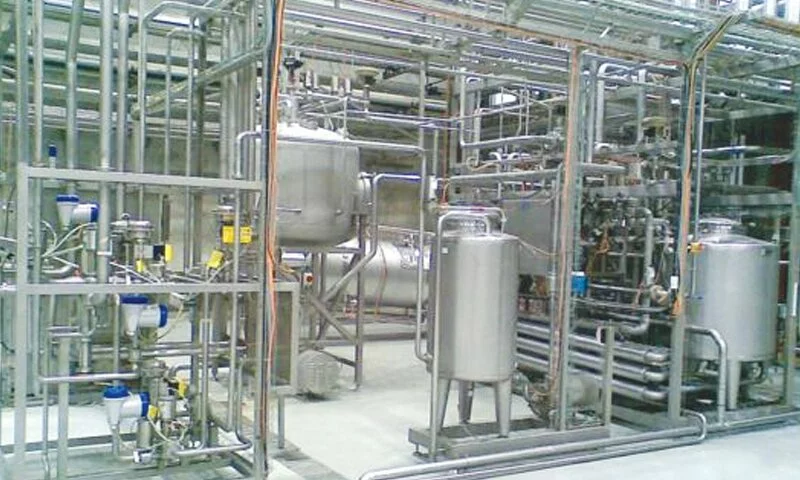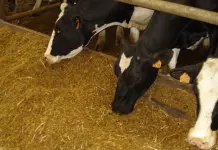Livestock conservation: Saving indigenous cattle from the brink of extinction
It’s 4 in the evening. As one enters the 2-acre dairy farm in Bhukum, a village suburb around 18 km off Pune, this is milking time for the 20-odd cows in the shed, even as the soulful Gayatri Mantra plays in the background. They are part of a 150-animal herd – all of the indigenous Tharparkar breed – that also includes calves, young heifers and pregnant cows.
Just over three years back, Chandrakant Bharekar, a Pune-based businessman, had visited Rajasthan to attend the marriage of his servant’s daughter. It was there that he got to know about the sorry state of the cattle breed native to the Jodhpur-Jaisalmer and Kutch-Sindh regions.
Western Rajasthan – the Tharparkar name has an obvious connection to the Thar Desert – receives rainfall for practically four days of the year, making it difficult for farmers of this belt to maintain these animals. They are, then, mostly let loose and left to wander, which also leads to the problem of indiscriminate breeding and loss of genetic purity. On top of it, the White Revolution and advent of crossbreds – indigenous cows inseminated with the blood of foreign breeds like Holstein Friesian, Jersey and Brown Swiss – has added to farmers’ indifference to rearing native cattle such as Tharparkar, Gir, Kankrej, Red Sindhi and Sahiwal.
“As farmers didn’t seem all that concerned over the destruction of our desi cattle, I decided to do something to help preserve at least the Tharparkar breed in its pure form,” says Bharekar, founder of the Vrindavan Tharparkar Desi Cow Club that runs the Bhukum dairy farm.
The three-year-old club, which he started with five friends and nine Tharparkar cows procured from Rajasthan, now has 137 members with 150 animals. They are all from diverse professional backgrounds, including techies, engineers, doctors, chartered accountants, lawyers and realtors, coming together for a common ‘rearing’ cause.
Tharparkar cows – they are medium-sized, compact and usually white or grey-coloured, which deepens during winters and when the animal is pregnant – are known to be good milkers. They yield 2,000 litres or more milk during an annual lactation, which is high by traditional standards and not too low even relative to the 3,500-4,000 litres produced by crossbreds. Given their general disease resistance, besides better tolerance to heat and fodder scarcity, Tharparkar cows were actually used for mating with exotic Holstein Friesian bulls to produce ‘Karan Fries’, a crossbred developed by the National Dairy Research Institute at Karnal, Haryana.
The need for enlisting more members to the Tharparkar Desi Cow Club arose because rearing the animals demanded high investment in manpower, fodder, feed and nutrition. “We invited all our acquaintances to join in, so that the fixed costs and maintenance expenditures could be shared. We also promoted the idea of each member adopting a cow and taking care of its monthly rearing expenses,” says Kedarnath Tirth, a former IT professional and active club member.
The initial one-time membership fee, when the club was still taking off, ranged between Rs 1-2 lakh. That has, since then, come down to Rs 51,000. Currently, each member contributes Rs 6,000 a month to meet the expenses of his animals, primarily fodder. In return, those residing in and around Bhukum get two litres of milk daily, while other members are entitled to pure ghee from the animals.
The average Tharparkar cow gives two-three litres of milk every day. But, the animals in the club yield four-eight litres, with the highest going up to 16 litres. “This comes with good care, the right environment and proper nutrition. Except for the time they are being milked, which is twice a day, our cows are left open in the farm. It keeps them happy and stress-free. Even during milking, light classical music or religious hymns are played. All these help to increase their milk yields,” says Tirth.
But, quantity apart, milk quality, too, is said to have registered improvement. “When the initial nine Tharparkar cows were brought here, we tested the milk from them in a laboratory to check for parameters such as fat, protein and calcium. Based on those results, we changed the fodder and feed ration to ensure that their daily nutritional requirement, which covers carbohydrate, fibre, vitamins and minerals, are fulfilled. The impact on milk quality was immediate,” adds Tirth.
The club has also taken to cultivation of protein, calcium and iron-rich green fodder such as Azolla using modern techniques like hydroponics (growing on trays containing special mineral nutrient solutions under controlled environment).
The animals at the club are now producing roughly 150 litres milk a day, much of it distributed either directly or as ghee to members. Besides, there is monthly revenue of nearly Rs 3 lakh from sale of products derived from the five ‘gavyas’ – milk, curd, ghee, gobar (dung) and gomutra (urine) – of the cows. “When these five gavyas are combined in the right ratio and allowed to ferment, they form the Panchagavya concoction having proven medicinal properties. It can also be used as organic fertiliser,” says Tirth.
Bharekar estimates the current population of pure Tharparkar cattle in India at less than 2,000. About three centuries ago, the country is believed to have had at least 300 native breeds of cattle, which fell to 77 at the time of Independence and only 33 at present.
“Conservation of our indigenous breeds is most important, which we are trying to do in our own small way with Tharparkar. A place like Pune, which gets four months of monsoon rains and has ample green fodder, may provide a favourable environment for this breed,” he points out.
Comments
comments










